Ode to Humble Handkäse
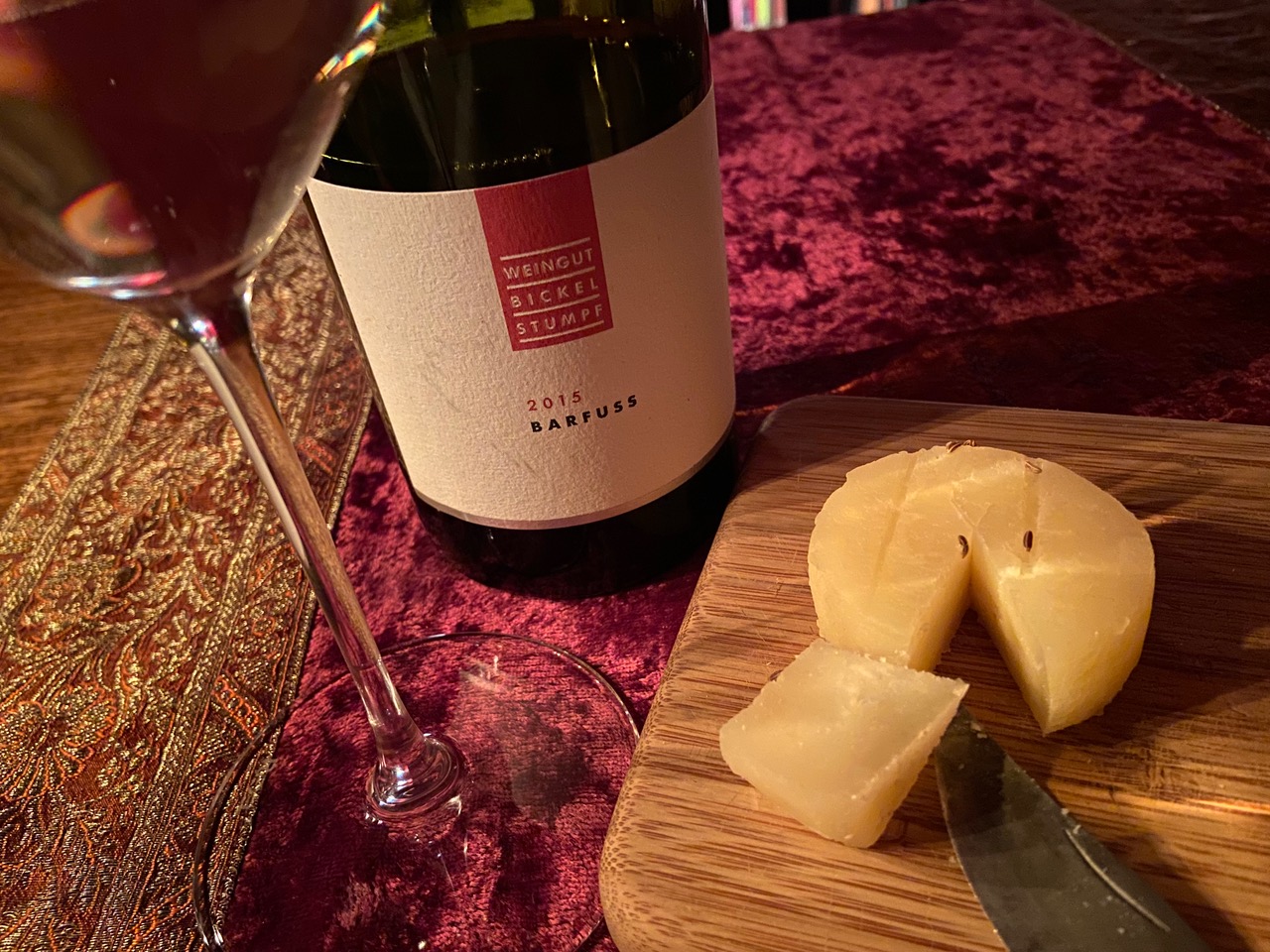
Can you hear the music? Forget onions and vinegar: this Franken co-ferment hits harmonies as only Handkäse can do.

Can you hear the music? Forget onions and vinegar: this Franken co-ferment hits harmonies as only Handkäse can do.
Ursula Heinzelmann is an independent scholar and food historian born, bred and based in Berlin, Germany. A trained chef, sommelier and ex-restaurateur, she works as a freelance wine and food writer, specializing in cheese. She has published a number of cookbooks, a food history of Germany, Beyond Bratwurst, as well as several books on cheese, and acted as area editor for the Oxford Companion to Cheese. She is the trustee director of the Oxford Symposium on Food and Cookery as well as curator of the Cheese Berlin festival.
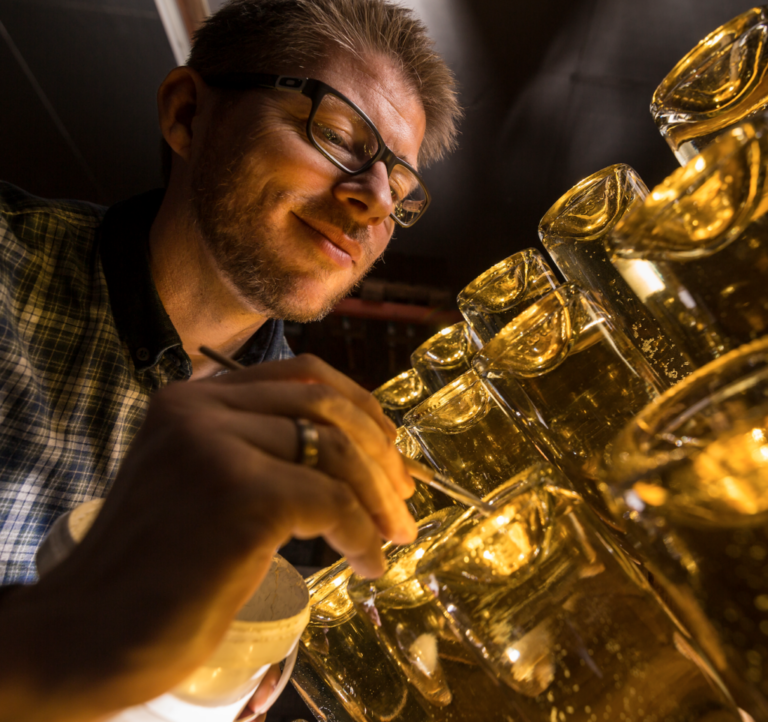
Riesling is admired for its complexity, longevity, and ability to reflect its terroir. The same is slowly becoming true in the sparkling wine sector, where bubble enthusiasts are discovering what aged Rieslingsekt can offer. In the world of German wines, Riesling is the undisputed star. Still wines gained their historical reputation as early as the 15th century, while the 18th and 19th centuries witnessed the rise of traditional method sekt. Over time, large companies monopolized the production of cheap, tank-fermented sparkling wine, until smaller, individual wineries were finally allowed to produce and sell their sparkling wines in the early 1980s. This…...
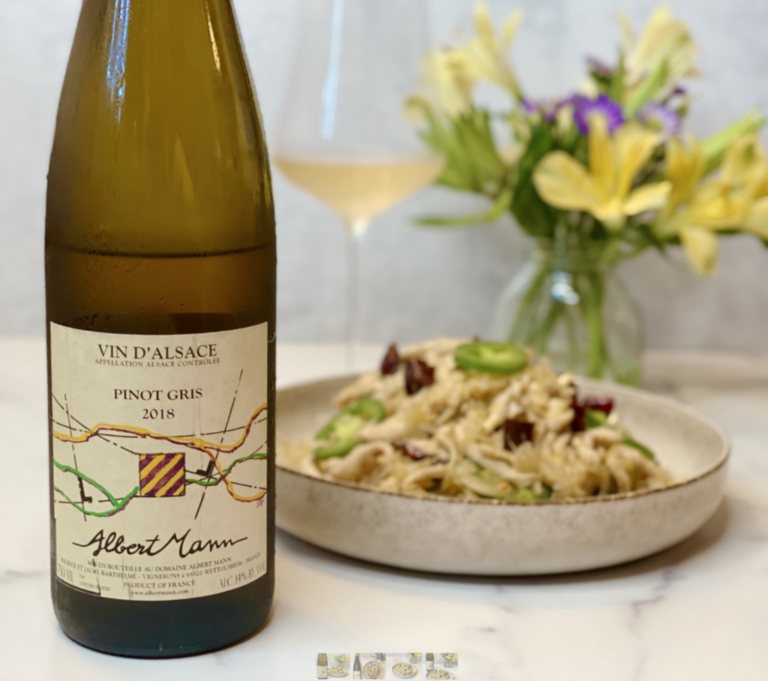
Joyce Lin gives a traditional and beloved Taiwanese dish an umlaut twist and a fresh French pairing.
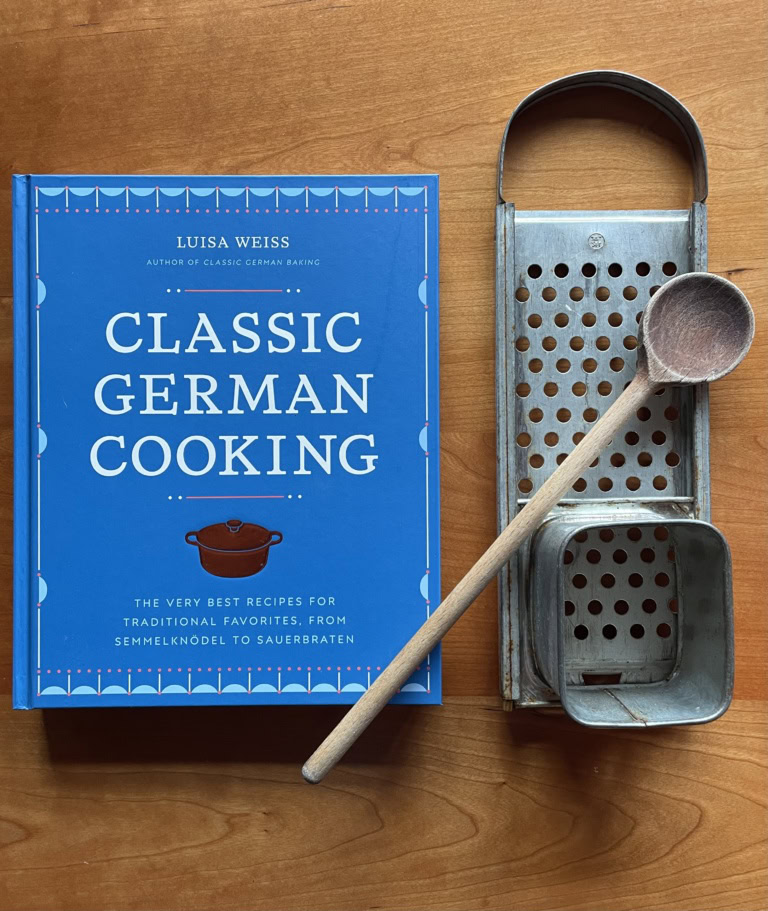
“Germans are particularly nostalgic about the food of their grandmothers,” writes Luisa Weiss, furnishing a sturdy thesis for her handsome, welcoming new cookbook. Weiss, whom you may — should — know, is a food writer. She was born, partly raised, and now lives full-time in Berlin. She blogged about food for more than a decade from New York as The Wednesday Chef, then moved to Germany. There she wrote her way deeper into the German culinary world: the food-driven memoir My Berlin Kitchen: A Love Story with Recipes (2012) and Classic German Baking (2016). She now writes a Substack organized…...

Whether you’re dropping into town for the bacchanalia that is Rieslingfeier or you’re a native New Yorker curious to get a taste of the latest and greatest in German and Austrian wines, here’s your hit list of bars and restaurants that make NYC the country’s best (if priciest) city to drink auf Deutsch. G = German focus A = Austrian focus Noreetuh (G) Manager and co-owner Jin Ahn has turned this decade-old Lower East Side Hawaiian spot into the city’s ultimate insider Riesling hangout. Ahn’s exceptionally well-informed list is divided into Rieslings “25 years of age or older” and “younger than…...
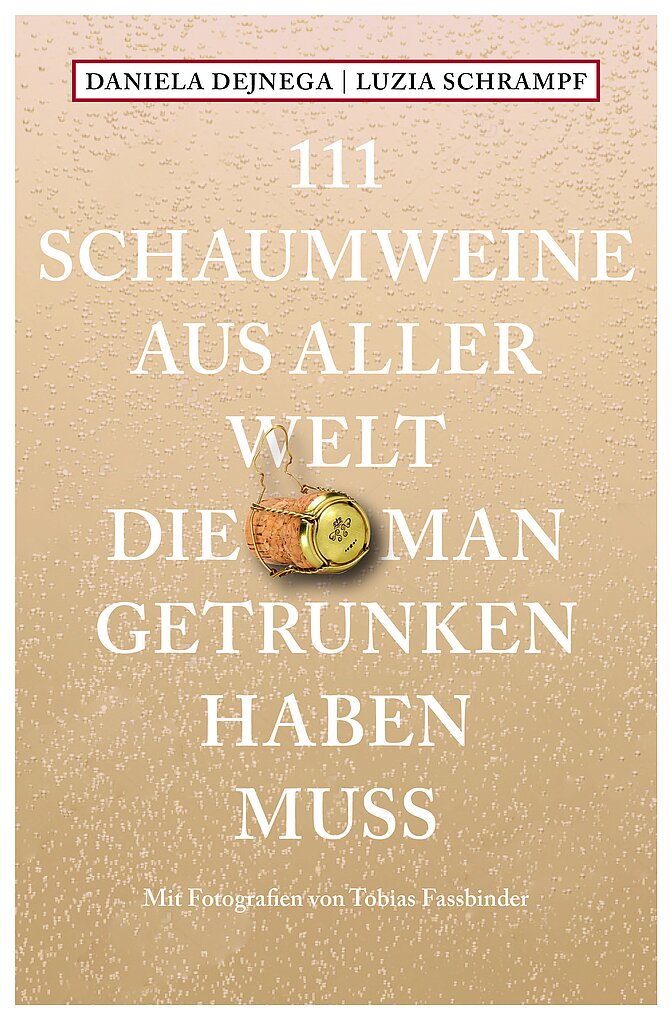
The world of sparkling wines is changing for the better. The number of producers approaching this beverage in serious, artisanal, and creative ways continues to climb. “Grower Sekt” from Austria and Germany is very much en vogue. We are witnessing a tremendous push to quality. For a long time, “mass over class” was the motto, especially in Germany. But for a new generation, awareness of terroir and a trend toward reducing residual sugar are increasingly the focus. No stone has been left unturned in Austria, either. For several years, Austrian Sekt has been governed by a three-tiered quality pyramid: “Sekt…...
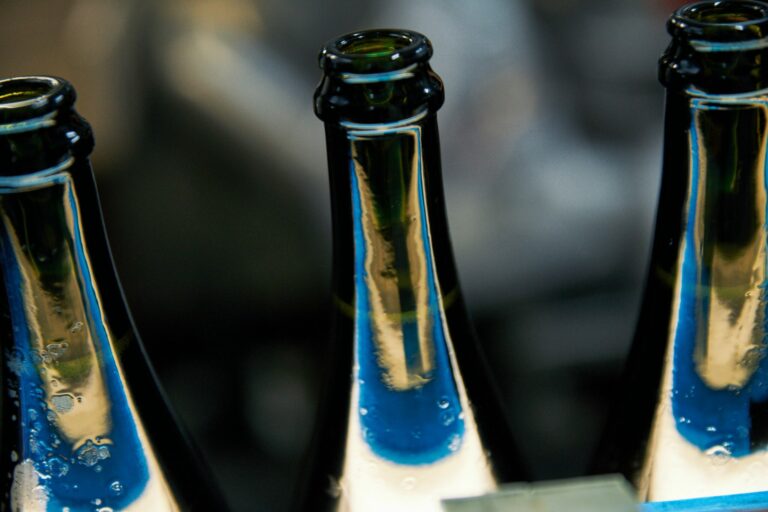
Sekt embodies free spirit, hedonism, even — in its blatant disregard for rules — punk. The limitless maximization of lust for life and the unadulterated joy of the sensual assume the spotlight, while ethics and morals are asked to exit stage left. Whether it’s to christen a ship, toast a victory, or celebrate a birthday in the office (back when we did things like this), bubbles embrace the sparkling side of everyday life. A flash of glam on an otherwise wretched Tuesday afternoon. Sekt is bound to nothing and to no one, neither to food nor occasion. And that’s why…...
Enjoy unlimited access to TRINK! | Subscribe Today